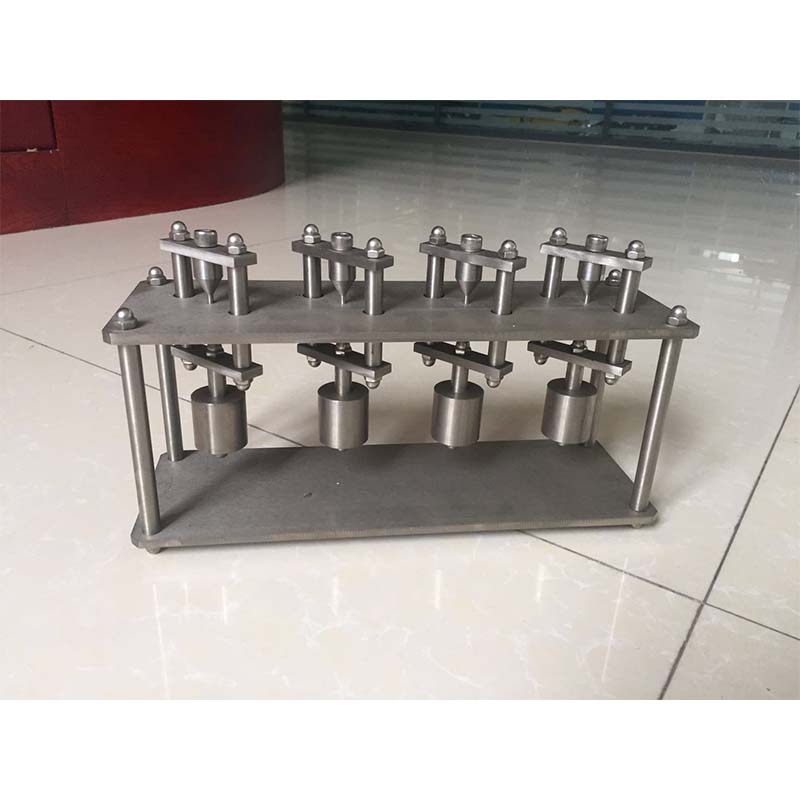conductor resistance constant temperature test manufacturer
Understanding Conductor Resistance and Constant Temperature Testing Standards
Conductor resistance is a crucial parameter in assessing the performance and reliability of electrical components. Whether in power cables, transformers, or circuit boards, the resistance of conductors can significantly influence energy losses, heat generation, and overall system efficiency. This article will focus on the implications of conductor resistance in the context of constant temperature testing as conducted by manufacturers.
The Importance of Measuring Conductor Resistance
Conductor resistance refers to the opposition that a conductor offers to the flow of electric current. It is predominantly influenced by the material properties (such as resistivity), cross-sectional area, and temperature of the conductor. Understanding the resistance is vital because higher resistance leads to greater energy losses in the form of heat, which can affect not only the efficiency of electrical systems but also their safety and longevity.
In practice, manufacturers often conduct resistance tests under controlled conditions to ensure that conductors meet specified electrical standards. One such condition is maintaining a constant temperature during testing, which helps eliminate temperature effects that could skew resistance measurements.
Constant Temperature Testing
Conducting resistance tests at constant temperatures is essential for obtaining accurate and reliable measurements. This method ensures that any variations in resistance are solely attributable to the conductor material and dimensions rather than fluctuations in temperature. The relationship between temperature and resistance is governed by the temperature coefficient of resistivity, a crucial parameter for manufacturers to consider.
For metals, as temperature increases, resistance typically increases as well. This is due to the increased vibrations of the metal lattice, which lead to more frequent collisions between electrons and atoms, impeding the flow of current. By maintaining a constant temperature during testing, manufacturers can establish a baseline resistance value that can be reliably compared across different conductor materials and designs.
conductor resistance constant temperature test manufacturer

Manufacturer Standards and Practices
Manufacturers adhere to specific industry standards for conducting resistance tests. Organizations such as the Institute of Electrical and Electronics Engineers (IEEE), the International Electrotechnical Commission (IEC), and various national standards organizations set guidelines that govern testing protocols. These standards dictate the conditions under which tests should be performed, including temperature control, measurement devices, and calibration requirements.
In most cases, the ambient temperature for testing is standardized at 20°C (68°F) or 25°C (77°F). By adhering strictly to these temperature standards, manufacturers can ensure that their products perform predictably in real-world applications, where various environmental conditions may affect performance.
Implications for Electrical Systems
Understanding and accurately measuring conductor resistance has significant implications for electrical systems. High resistance can lead to poor performance, overheating, and even failures in electrical devices. By conducting resistance tests at a constant temperature, manufacturers can ensure that conductors have the necessary properties to operate efficiently under expected conditions.
This practice also enhances the reliability and safety of electrical systems. It helps to minimize energy losses, which not only saves costs but also reduces environmental impacts. In a world increasingly focused on sustainability and energy efficiency, the role of accurate resistance measurements cannot be overstated.
Conclusion
Conductor resistance is a fundamental aspect of electrical engineering that influences system performance and reliability. Constant temperature testing is an indispensable practice for manufacturers, aiding in the establishment of accurate resistance values that can be compared across various applications. By adhering to industry standards and employing meticulous testing methods, manufacturers can develop high-quality conductors that contribute to safer and more efficient electrical systems.
-
Why the Conductor Resistance Constant Temperature Measurement Machine Redefines Precision
NewsJun.20,2025
-
Reliable Testing Starts Here: Why the High Insulation Resistance Measuring Instrument Is a Must-Have
NewsJun.20,2025
-
Flexible Cable Flexing Test Equipment: The Precision Standard for Cable Durability and Performance Testing
NewsJun.20,2025
-
Digital Measurement Projector: Precision Visualization for Modern Manufacturing
NewsJun.20,2025
-
Computer Control Electronic Tensile Tester: Precision and Power for the Modern Metal Industry
NewsJun.20,2025
-
Cable Spark Tester: Your Ultimate Insulation Assurance for Wire and Cable Testing
NewsJun.20,2025
 Copyright © 2025 Hebei Fangyuan Instrument & Equipment Co.,Ltd. All Rights Reserved. Sitemap | Privacy Policy
Copyright © 2025 Hebei Fangyuan Instrument & Equipment Co.,Ltd. All Rights Reserved. Sitemap | Privacy Policy
